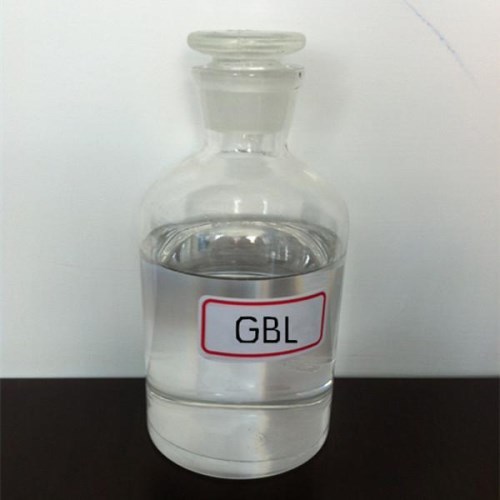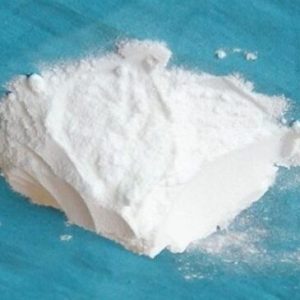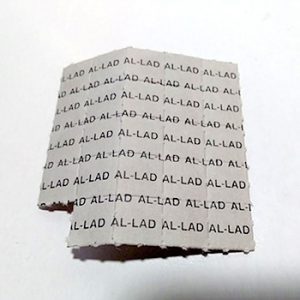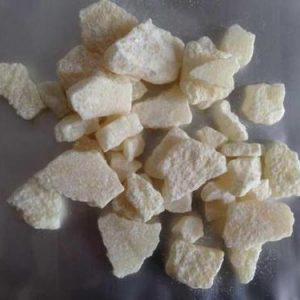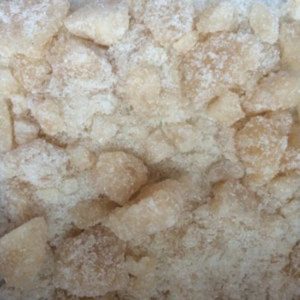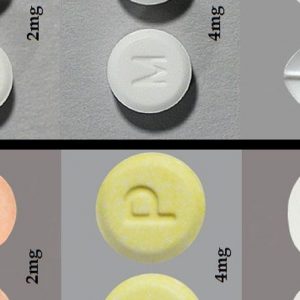Gamma-Butyrolactone (-butyrolactone or GBL) is a white hygroscopic liquid with a faint distinctive odor that is water soluble. GBL is a widely used solvent and reagent in chemistry, as well as a flavoring agent, a cleaning solvent, a superglue remover, and a solvent in some wet aluminum electrolytic capacitors.
Purchase gamma–Butyrolactone (GBL) 1.0 mg/ml in Acetonitrile reference standards derived from GHB and similar compounds. Purchaseable online
Gamma butyrolactone for sale online, gbl (gamma-butyrolactone) for sale, gamma butyrolactone for sale in the uk, gamma butyrolactone cleanser for sale
It functions as a precursor to GHB in humans and is used as a recreational intoxicant with effects comparable to alcohol.
GBL has been detected in extracts from pure wine samples. This research implies that GBL occurs naturally in some wines and may be present in comparable products. The discovered concentration was around 5 g/mL, which was simply determined using a simple extraction approach followed by GC/MS analysis.
GBL can be detected in cheese flavorings, however the final food product normally has less than 0.0002 percent GBL.
GBL is classified as a lactone. It is hydrolyzed into sodium gamma-hydroxybutyrate, the sodium salt of gamma-hydroxybutyric acid, under basic conditions, for example in a sodium hydroxide solution. It generates an equilibrium combination of both chemicals in acidic circumstances. Following that, these chemicals may combine to create a polymer. When a non-nucleophilic base, such as lithium diisopropylamide, is used,
GBL has the potential to act as an alpha-carbon nucleophile. Caprolactone, a similar chemical, can be utilized in this manner to create a polyester.
GBL is not an active substance in and of itself; its mechanism of action is derived from its status as a prodrug of GHB. GHB’s hypnotic effect is amplified when combined with alcohol. In a 2003 rat study, GBL was found to have a potentiated hypnotic effect when combined with ethanol, as the sleep-timing measure was longer than the sum of the two independent components.

